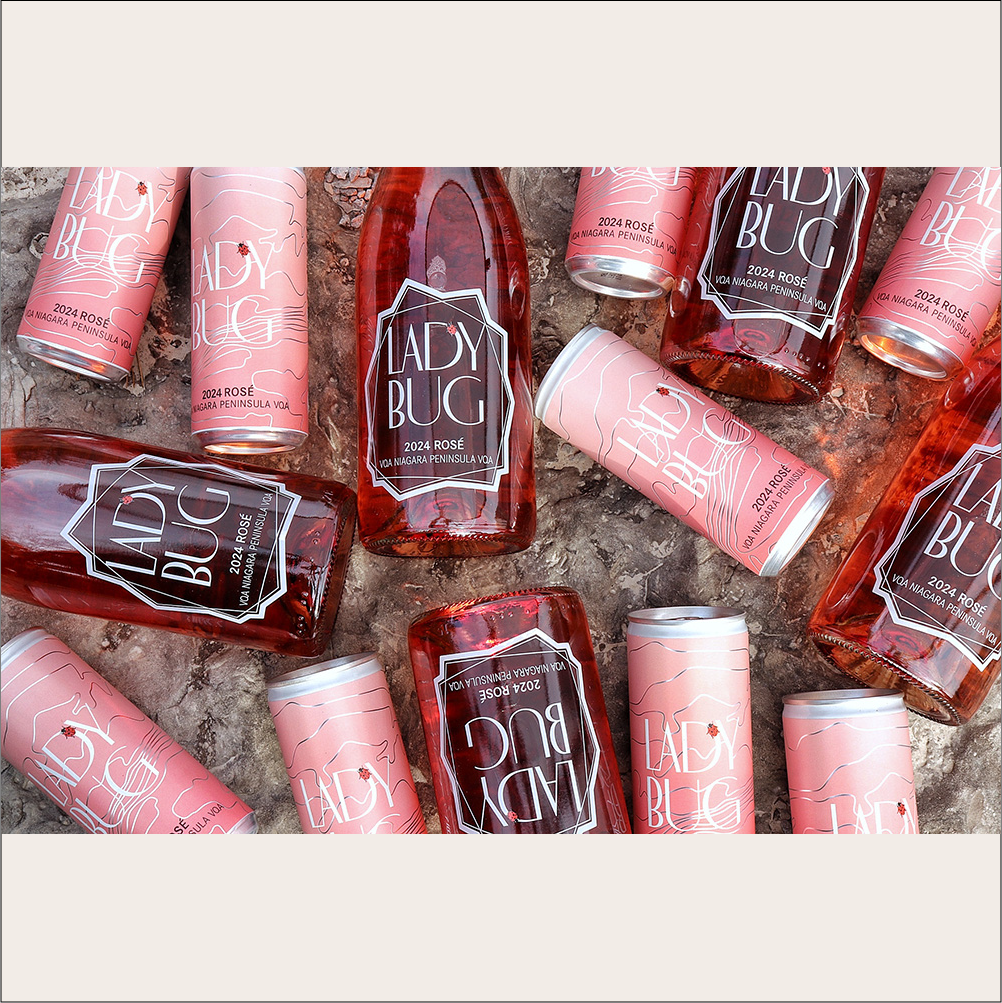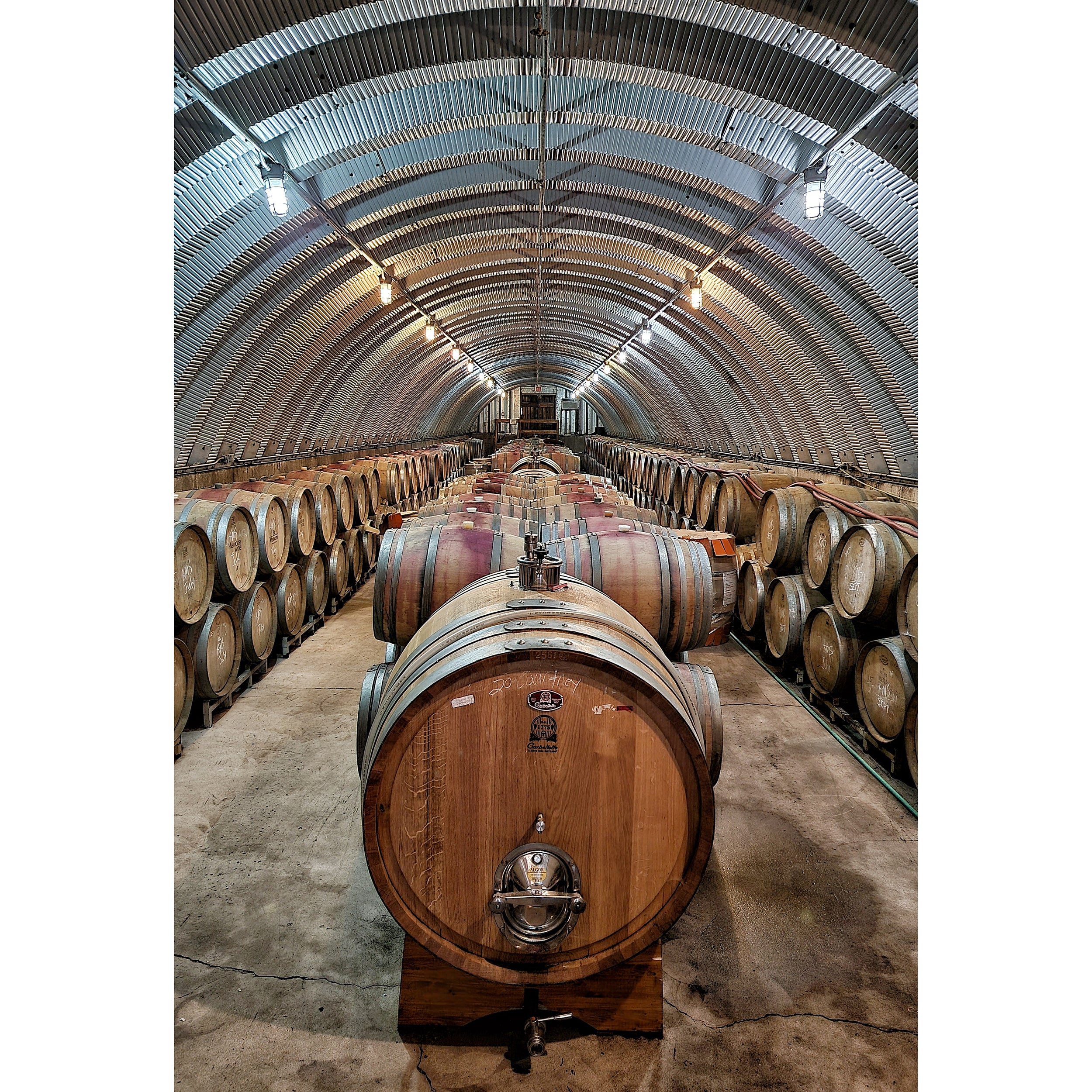Wine and Wood: How We Do It

It seems no part of this winery elicits more curiosity than our barrel cellar. With all the different shapes, sizes and groupings of the vessels inside, it’s the motherland of visitor F-A-Qs.
If you can imagine standing inside our winemakers’ castle gate, here is a brief guide to the “what” and the “why” of what you’d see, beginning with MANY barrels. At any given time, 350 (give or take), from seven cooperages are stored here, while another 200 rest inside the Moira Vineyard cellar, a kilometre and a half away.
First in sight, to the left, would be four larger-than-average, 500-Litre oak “Puncheons”. Initially used for richer red wines that benefit from new oak, these barrels will graduate to softer, fruitier styles as their wood matures. Beyond these, stacked two-high along the left wall, is a long row of 228-Lite “Barriques”, dedicated to gamays, pinot noirs, Stouck Vineyard reds, plus another gamay section. The majority are made in France, excepting some American oak barrels used for the Stouck wines and Old Vines Foch.
Gamay also fills the back half of the middle row, which includes four imposing 1,000-Litre Casks made by Garbellotto, an Italian cooperage of almost 250 years’ history. These large vessels benefit gamay by exchanging oxygen, which heightens the wines’ fruitiness. Cabernet franc makes up the remainder of the centre row.
Chardonnay, in 300-Litre “Hogshead” barrels, extends along almost the entire right wall. New oak is used only for “Forgotten Row”; other chardonnays are aged in more “neutral” barrels, up to 12 years old. Ending the row are some outliers of our barrel collection: two small, 55-Litre kegs and two 300-Litre Hogsheads made of blonde Acacia wood, for special projects.
Barrels become eligible for retirement when they pass 15 years’ age. On average, 20 new barrels are introduced every year, replacing older units. These will soldier on... in the service of local brewers, distillers, and horticulturalists.






